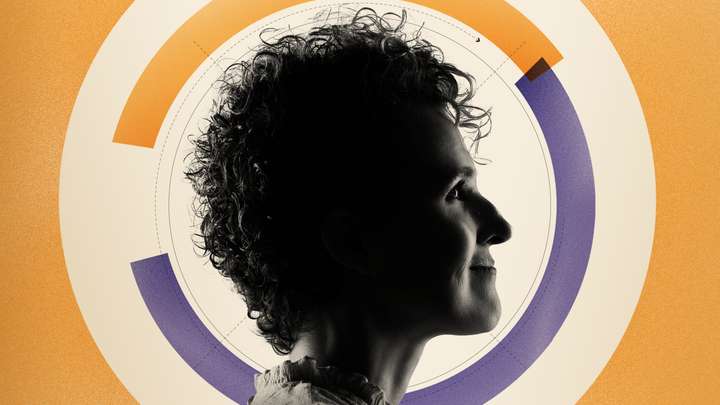
New Wearable Tech for the Visually Impaired
Top of Mind with Julie Rose - Season 1, Episode 604 , Segment 3
America Needs More Immigration, Children of Divorce, Mars
Episode: America Needs More Immigration, Children of Divorce, Mars
- Jul 27, 2017 11:00 pm
- 12:18 mins
Guest: Santani Teng, PhD, Postdoctoral Researcher at Smith-Kettlewell Eye Research Institute Watching a person with visual impairments navigate the world with the use of a long white cane is truly awe-inspiring. The cane is a really low-tech solution, but in experienced hands it's very effective. Not perfect though: it can tell someone if there's an obstacle ahead, but not precisely what that obstacle is. A team at MIT has developed a solution that could help.









